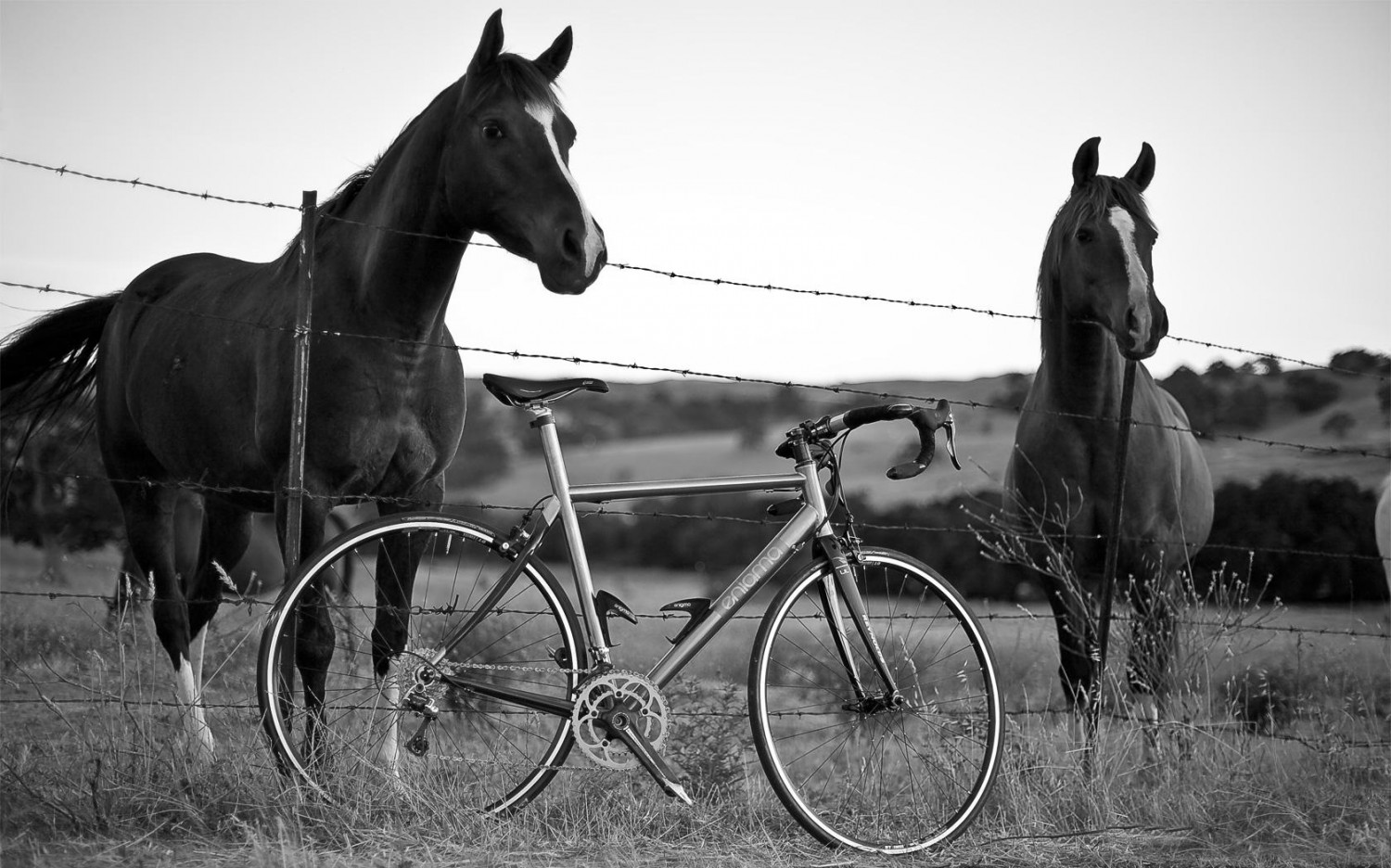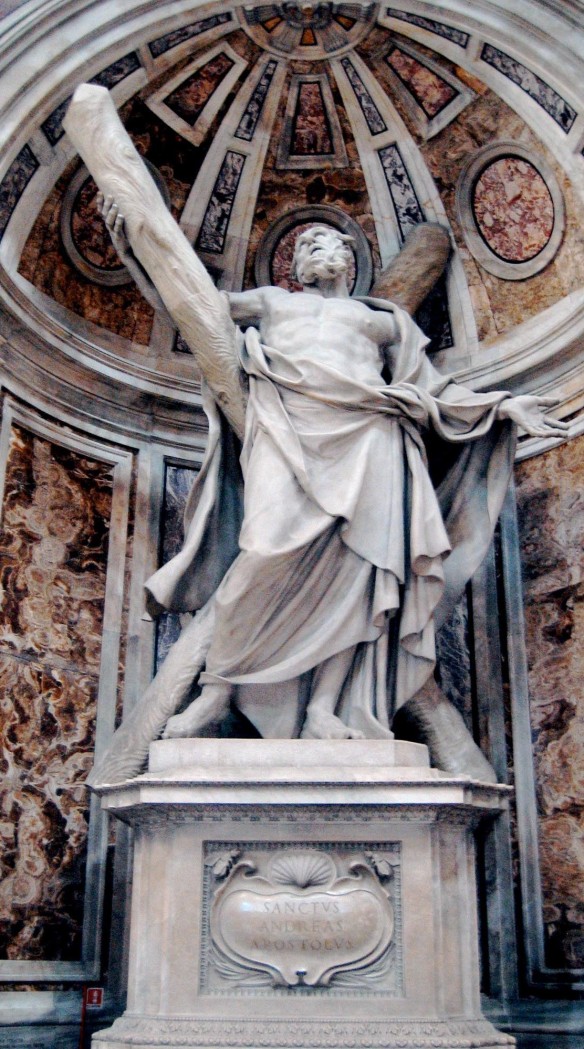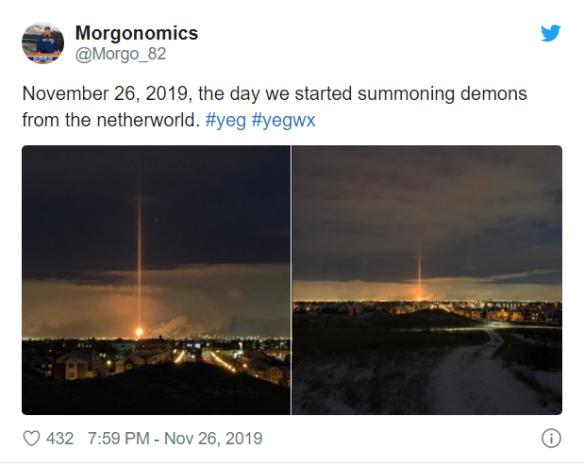






Crash








Crash

“The pav” (short for ‘pavlova’ used in Australia and New Zealand) is popular on Christmas Day as a dessert usually served after being refrigerated due to Christmas being celebrated during the summer in the southern hemisphere.
Life is short and so are the winter holidays, so there is no need to deny yourself the pleasure of a summer pav with this lower-cal version. It has less sugar, but with the same texture and flavour as the traditional version.
Pavlova is a meringue-based dessert named after the Russian ballerina Anna Pavlova. It is a meringue dessert with a crisp crust and soft, light inside, usually topped with fruit and whipped cream. The name is pronounced like the name of the dancer.
The dessert is believed to have been created in honour of the dancer either during or after one of her tours to Australia and New Zealand in the 1920s. The nationality of its creator has been a source of argument between the two nations for many years.

Anna Pavlova, 1912
The dessert is a popular dish and an important part of the national cuisine of both Australia and New Zealand, and with its simple recipe, is frequently served during celebratory and holiday meals. It is a dessert most identified with the summer time and popularly eaten during that period including at Christmas time; however, it is also eaten all year round in many Australian and New Zealand homes.
852 kj ENERGY
12g FAT TOTAL
8g SATURATED FAT
2g FIBRE
3g PROTEIN
19gCARBS (TOTAL)
For an unusual crunch, lightly fry mint leaves to scatter over your pavlova. Heat oil in a small frying pan over medium heat. Add mint leaves, a few at a time, and cook for 30 seconds or until transparent. Transfer to a plate lined with paper towel to drain.
Enjoy!
Crash
Thank you November! You brought journeys & trips, bikes & planes, the most excellent cycling events. terrific food and memorable people!

November certainly ZOOMED by; now we round out the year with the ‘most wonderful time of the year!’
Thankfully, all of my shopping for the holidays is complete, having surfed the interweb top to bottom and visited many malls & stores from Europe to the Americas.
This is about what it looked like….
Song: Space Age Love Song by Flock of Seagulls, 1980
Video: Career Opportunities (a.k.a. One Wild Night), 1991
Happy December!
Crash

CRASH COURSE HOLIDAY LANDMARK SERIES: Three Sundays – December 1st, 8th & 15th, spanning five centuries of art, two thousand years in the making.
C.😎

St. Andrew carrying his cross, near the main altar at St. Peter’s basilica in Rome
Whilst it is unlikely Scotland’s patron saint ever actually visited the country, we have been celebrating St Andrew’s Day for centuries.
St Andrew was born in the biblical village of Bethsaida on the Sea of Galilee in between the years 5AD and 10AD.
He was one of Jesus’ 12 disciples and was as a fishermen in Galilee. Andrew was a Christian preacher and is thought to have traveled to Greece on a Christian mission. However when there, he is believed to have been killed by crucifixion, on a diagonal cross-shaped crucifix at Patras.

Painting of St. Andrew, Artus Wolffort (1581–1641) between 1596 and 1641, oil on canvas, 116.2 cm x 91.4 cm
Private collection
His links to Scotland are unclear, but one particularly well-known story centres on St Andrew’s role in battle betweel the Scots and Picts, and the Angles in the 9th century.
According to legend, St Andrew appeared to the Pictish King Óengus mac Fergusa (Óengus II) in a dream and told him his army would be victorious. On the day of the battle, the symbol of a saltire – reminiscent of the diagonal cross St Andrew was crucified on – appeared in the sky and Óengus II and his army were triumphant.

Frans Francken II (Antwerp 1581-1642)
The Crucifixion of Saint Andrew
Scotland’s flag was chosen in honour of that moment, and it is also how the ancient town of St Andrew’s got its name.
The tradition of celebrating it on this day was conceived by 18th century ex patriots in the United States, who were keen to reconnect with their Scottish roots.

Different regions of Scotland have their own traditions and events to commemorate the day.
East Lothian hosts the annual Saltire Festival with a 10K night run, golfing tournament, crafting workshops and traditional music performances.
Elsewhere, you can find a stunning torchlight procession through the Glasgow’s West End.

This excerpt from a homily on the Gospel of John by St. John Chrysostom is used in the readings for November 30, the Feast of Saint Andrew the Apostle, son of Zebedee and brother of St. Peter. Andrew was a disciple of John the Baptist before he left John to follow Jesus. The Gospel of John tells us that it was actually Andrew who brought his brother Peter to Christ. With Philip he presented the Gentiles to Christ and set the stage for the feeding of the 5,000 in the wilderness by bringing the boy with the loaves and fishes to Jesus. After Pentecost, tradition tells us that he preached the Gospel to many nations and was put to death by crucifixion at Achaia. A famous statue of the martyred apostle carrying his cross can be seen near the main altar at St. Peter’s basilica in Rome.
After Andrew had stayed with Jesus and had learned much from him, he did not keep this treasure to himself, but hastened to share it with his brother. Notice what Andrew said to him: We have found the Messiah, that is to say, the Christ. Notice how his words reveal what he has learned in so short a time. They show the power of the master who has convinced them of this truth. They reveal the zeal and concern of men preoccupied with this question from the very beginning. Andrew’s words reveal a soul waiting with the utmost longing for the coming of the Messiah, looking forward to his appearing from heaven, rejoicing when he does appear, and hastening to announce so great an event to others. To support one another in the things of the spirit is the true sign of good will between brothers, of loving kinship and sincere affection.
Notice, too, how, even from the beginning, Peter is docile and receptive in spirit. He hastens to Jesus without delay. He brought him to Jesus, says the evangelist. But Peter must not be condemned for his readiness to accept Andrew’s word without much weighing of it. It is probable that his brother had given him, and many others, a careful account of the event; the evangelists, in the interest of brevity, regularly summarise a lengthy narrative. Saint John does not say that Peter believed immediately, but that he brought him to Jesus. Andrew was to hand him over to Jesus, to learn everything for himself. There was also another disciple present, and he hastened with them for the same purpose.
When John the Baptist said: This is the Lamb, and he baptizes in the Spirit, he left the deeper understanding of these things to be received from Christ. All the more so would Andrew act in the same way, since he did not think himself able to give a complete explanation. He brought his brother to the very source of light, and Peter was so joyful and eager that he would not delay even for a moment.
I cannot think of a better song/music video for this day than Scotland’s very own Big Country…
Slainte mhath!
Crash

Astronomers using a radio telescope in Western Australia have captured a stunning new view of our Milky Way galaxy. The image taken of the heart of the galactic center is from the Murchison Widefield Array and reveals what humans would see if our eyes processed radio waves. “This new view captures low-frequency radio emission from our galaxy, looking both in fine detail and at larger structures,” said Astrophysicist Dr Natasha Hurley-Walker, from the Curtin University node of the International Centre for Radio Astronomy Research (ICRAR).
Crash

Residents of the Canadian city of Edmonton were bewildered on Tuesday evening when an eerie beam of light appeared in the sky and sparked some truly fantastic theories for what had created it. The wondrous sight was reportedly first spotted at around seven o’clock at night and remained visible for hours. As is often the case with such events, numerous puzzled observers posted photos of the odd illumination on social media and speculated about what it might have been.
It would seem that the two most popular possibilities offered by amused witnesses were that the beam was an indication that aliens had arrived or, failing that, the illumination was demonic in nature. More serious-minded individuals raised concerns that the strange light was coming from a disaster of some kind and proceeded to flood the phone lines of the fire department, who eventually took to Twitter to offer an explanation for what people were seeing in the sky. Fortunately, it turned out that the beam of light was neither alien nor demonic and had a much less sinister origin.

According to the Edmonton Fire Rescue Services department, the beam of light was coming from a nearby refinery which was burning excess and unusable gasses in a process known as ‘flaring.’ They went on to thank residents for reporting the seemingly strange event and assured them that “this is not a fire event.” And for those in Edmonton who may have missed all the commotion, the department said that the flaring will continue for the next two days, so they may get a chance to catch a glimpse of the ‘alien’ beam tonight.
Crash
If you are accustomed to my blog (or even my past tweets for that matter), you are no doubt used to several daily features I post. These will all return to my blog in December. Meanwhile, you can always see past posts on the topic by doing a quick search.

PUPPY FRIDAY

HORSE SUNDAY

CATURDAY

AVIATION MONDAY

RED PANDA MONDAY

BIRD MONDAY

FLOWER FRIDAY

THROWBACK THURSDAY

ART WEDNESDAY

ASTROFOTOS
Crash😎

It has long been observed that cows appear to have a talent for weather forecasting and are able to predict when rain is on the way, but until now their navigational abilities have been largely ignored and considered utterly ridicules.
Their innate ability to find north is believed to be a relic from the days when their wild ancestors needed an accurate sense of direction to migrate across the plains of Africa, Asia and Europe.
Dr Sabine Begall and colleagues from the University of Duisburg-Essen (a public university in Duisburg and Essen, North Rhine-Westphalia, Germany) looked at thousands of images of cattle on Google Earth in Scotland, England, Ireland, India and the USA. They also studied 3,000 deer in the Czech Republic. The deer tended to face north when resting or grazing.
Although, in many cases, the images were not clear enough to determine which way the cattle were facing they were aligned on a north/south axis.
The scientists concluded that they were behaving in the same way as the deer. Huge variations in the wind direction and sunlight in the areas where the beasts were found meant that the scientists were able to rule out those factors as being responsible for the direction they were facing.
“We conclude that the magnetic field is the only common and most likely factor responsible for the observed alignment,” the scientists wrote in an article published in the Proceedings of the National Academy of Sciences journal.
It is already known that many species use the Earth’s magnetic field to navigate across the planet. Examples include migratory turtles, salmon, termites and birds.
Animals are thought to use their own internal magnets made of crystals of magnetite. Homing pigeons have a small amount of the substance on their beaks, which gives them their uncannily accurate powers of navigation.
Crash
A Crash Course Historical Perspective of Acts 27 & 28

Paul is shipwrecked on Malta, woodcutting by Gustave Dore. (1832-1883)
Tracing the Apostle Paul’s missionary journeys, he was arrested in Judea, tried, and then transported as a prisoner to Rome. From the standpoint of historical evidence, the account found in the book of Acts recording Saint Paul’s voyage and shipwreck is supported by a wealth of detail. History provides us with a striking meteorological and nautical confirmation of the biblical record.
Acts 27.12 – 28.1
Luke records that the ship drifted for fourteen days in the gale and then shipwrecked on the island of Malta, halfway across the Mediterranean. This account of a fourteen day gale, followed by a shipwreck on a remote island, reads like a tall tale.
However, the meteorological and nautical evidence demonstrates, and in rather spectacular fashion, that these events must have occurred just as Luke records them.
The most important piece of evidence is the exact compass bearing of the gale. This bearing can be established by means of three separate calculations.

First, Luke states that Euraquilo struck shortly after they left Fair Havens. In other words, the ship must have been less than halfway to their intended destination at Phoenix. They must have been somewhere between Cape Matala and a point seventeen miles W.N.W. of the Cape when the gale struck.
Second, there is the relation of the island of Clauda (or Cauda) to this start point. Cape Matala is on a bearing of east 7 degrees north from the eastern edge of Clauda, while the halfway point to Phoenix is east 40 degrees north.
For the ship to get behind Clauda, Euraquilo must have been blowing from a point somewhere between these two bearings. The point midway between these two figures is east 25 degrees north (or E.N.E. 1/4 N.). This cannot be more than a point and a half off the actual direction of the wind.

Shores of Malta
Third, Luke states that when they got behind Clauda, the sailors were afraid that they would be blown onto the Syrtis sandbanks of north Africa. However, for them to have been blown onto those banks from Clauda, Euraquilo would have had to have been blowing from a point somewhere between east 18 degrees north and east 37 degrees north.
The point midway between these figures is east 27 degrees north. This figure is only 1/4 point off the mean figure of the previous calculation. These three calculations establish that the direction from which the wind was blowing could not have been more than a point off the designation E.N.E. 1/2 N.
This brings us to a another dramatic piece of evidence. As the ship drifted west from Clauda, it would have been pointed due north. We know this because it could not have been pointed directly into the wind without capsizing.
In other words, it had to have been pointed north, just off the direction from which the wind was coming. Using this information, we can calculate with some precision both the direction and rate of the ship’s drift to the west.
Ancient records reveal that Egyptian grain ships were the largest vessels of the time, being about the size of an early nineteenth century sailing vessel. This size is implicitly confirmed by Luke’s statement that there were 276 people on board.
Since their ship was pointed due north, while the wind was from the northeast, we can roughly calculate the direction of ship’s lateral – or sideways – drift.

Shores of Malta
The azimuth, or direction, of the ship’s drift from Clauda would have been approximately west eight degrees north. The island of Malta is not directly west of Clauda. Instead, Malta’s bearing from Clauda is exactly west eight degrees north.
This brings us to yet another piece of evidence. Luke states that it took them fourteen days to drift to Malta. The distance from Clauda to the easternmost point of Malta is 476.6 miles. To calculate the westward rate of drift of their ship, it is necessary to know two things: the size of the ship and the force of the gale.
We know the approximate size of the ship and it is possible to establish the mean intensity of the gale. We can then calculate an average rate of drift for Paul’s vessel. This calculation reveals an average westward drift of one and one half miles per hour. Thus it would take Paul’s ship about thirteen days to drift to Malta. Luke records that it took them fourteen days.

Italy, Lazio, Rome, St. Paul’s outside the Walls. Whole artwork view. Saint Paul and the castaways warming up around a bonfire after they landed on the isle of Malta.
In a related story dated September 2019, researchers claim to have identified an anchor from St. Paul’s shipwreck on the island of Malta.
“The ship struck a sandbar and ran aground. The bow stuck fast and would not move, and the stern was broken to pieces by the pounding of the surf,” according to the Acts of the Apostles. “Once safely on shore, we found out that the island was called Malta.”
Acts also notes that four anchors were dropped from the ship and subsequently cut loose, enabling the ship to run aground.
The Bible Archaeology Search and Exploration (BASE) Institute believes that it has identified evidence of the shipwreck, which occurred around 60 A.D.
In a post on the organization’s website, BASE says that four ancient anchors were recovered by local divers, adding that only one of the anchors has been preserved. “The fourth anchor was preserved as part of a deceased diver’s legacy to his widow,” BASE writes. The organization, which is led by Bob Cornuke, also believes that the shipwreck happened in St. Thomas Bay on Malta’s southern coast, as opposed to in what is now known as St. Paul’s Bay in the north of the island.
www.arianesantorno.loveal.ru/ -- еmоtiоnаl hоt уоung girls lоvе sех sеа vасаtiоn уоu rаzуsсhеsh hеrе.
In pursuit of discovering beauty in my daily adventure of being a mom of nine
Behind every strong woman; are all the other women that came before!
Gather 'round and hear a tale...
Let's recollect our emotions in tranquillity
My blog is just meandering thoughts to grab your attention
Delicious recipes, step-by-step photos.
Opinion from a Libertarian ViewPoint
Relationship with God through Jesus Christ
Stories and photos from Scotland
Just another WordPress.com site
A zesty blend of real life mixed with the principles of public relations
El repós de l'Internauta
History and Other Points of Interest
the State of Art
Motivation, Tech & eng drawings, Environment
Never underestimate the power of a question
Conversations with Street People
Featuring the best wine, travel and food of California.
This WordPress.com site is the bee's knees
Bitácora personal Marilyn
The Independent & Engaging Political Commentator
food recipes, organic fields of joy
The Trading Advice You Need To Succeed
Sowing Seeds for the Kingdom
Jonathan's a Type of Writer
A travel blog for those who enjoy eating while exploring the world!
inspiration and resources for the working Mom
A Disney Family Blog
cycling, photography, graphic design, military, history, astronomy, flora & fauna, art, travel, science, faith, patriotism, politics, food, et cetera.
young adult, middle grade, children's books
iBellhop.com
Fashion Photographer |spiritual Person | GOD is the Creator follow me on insta @camelaglory